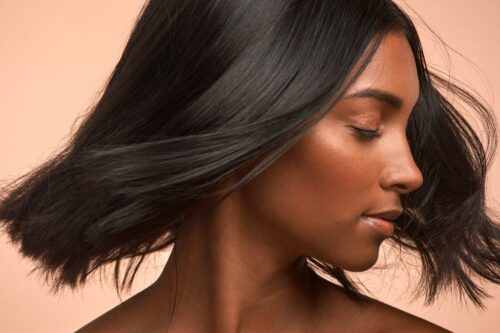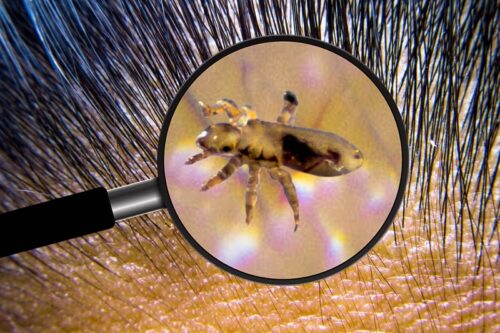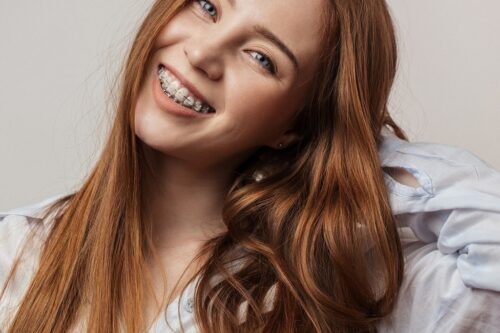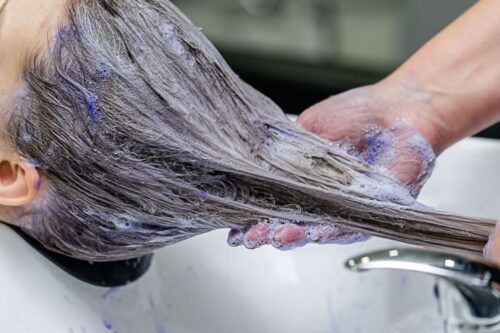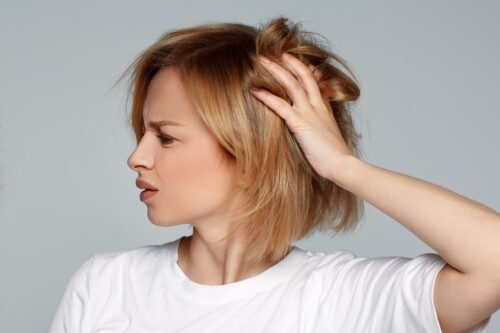Hair follicles are found in the top layer of the scalp. Hair grows from the follicles. These also hold the roots of the hair. Damaged hair follicles inhibit hair growth and may also lead to hair loss.
There are numerous causes of damaged hair follicles, including genetic conditions, diseases and infections, and hair products such as bleach. But can bleach damage hair follicles permanently? Let’s find out.
Can Bleach Damage Hair Follicles Permanently?
Yes, If bleach gets on your scalp during the application process, it can cause chemical burns resulting in damaged hair follicles.
If the damage is extensive, the hair follicles will not regenerate. The hair on the affected parts falls off, resulting in permanent balding.
If the scalding or chemical burn is not too extensive, the hair follicles will regenerate over time, and there will be new hair growth. Hair follicle repair can take years.
Damaged follicles die or become inactive. It is impossible to revive dead follicles without medical or surgical treatment, but you can reactivate inactive hair follicles with healthy hair practices.
If you have a genetic or non-genetic condition that predisposes you to hair loss and balding, it can make it more difficult to reactivate and heal damaged hair follicles due to bleaching.
How to Prevent Follicle Damage During a Bleach Application?
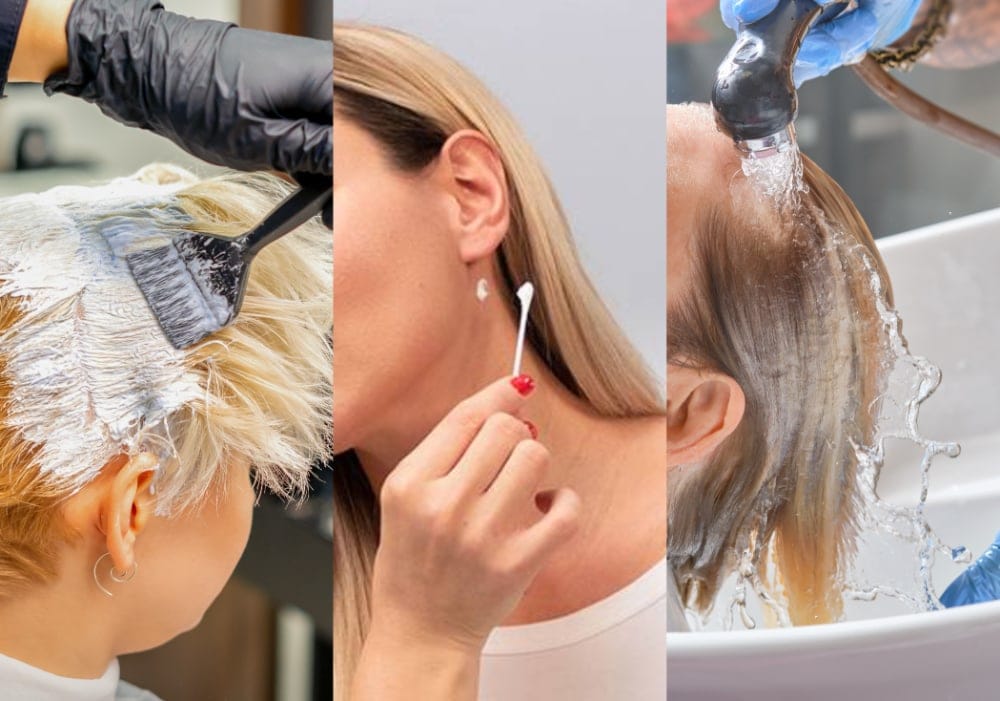
Do not apply the hair bleach yourself—have a professional hair stylist do it. They know the best products to use to achieve your desired results while preventing hair damage.
They also know the best application techniques to prevent chemical burns on your scalp.
A professional hair stylist will also assess your hair, and if it is damaged, they may recommend against bleaching. Or they may recommend a pre-bleaching treatment to protect your scalp, hair follicles, and shafts.
For example, deeply conditioning the hair three days before the bleaching procedure fortifies the hair and scalp to minimize damage. It also makes the hair elastic, preventing breakage.
If it is your first time getting your hair bleached, it is recommended to conduct a patch test. You may be allergic to some of the ingredients in the bleach. A patch test will reveal the allergy beforehand, preventing an adverse reaction.
Notify your hairstylist if you experience a burning sensation on your scalp or during the bleach application process.
Another crucial step in the bleaching process to prevent scalp and hair follicle damage is to rinse off the bleach thoroughly. Use lukewarm or cool water.
Do not use hot water, as your hair and scalp are prone to scalding immediately after a bleaching procedure. Also, hot water keeps the hair cuticle open, which could result in the hair drying out or color change.
Use a mild shampoo to completely get rid of the bleach, and follow up with a conditioner. It is advisable to deeply condition your hair every week after bleaching to hydrate each hair strand.
Finally, be on the lookout for any signs of hair or hair follicle damage after the bleaching procedure. You have a better chance of healing damaged follicles the sooner you identify them.
How to Tell If Your Hair Follicles Are Damaged?
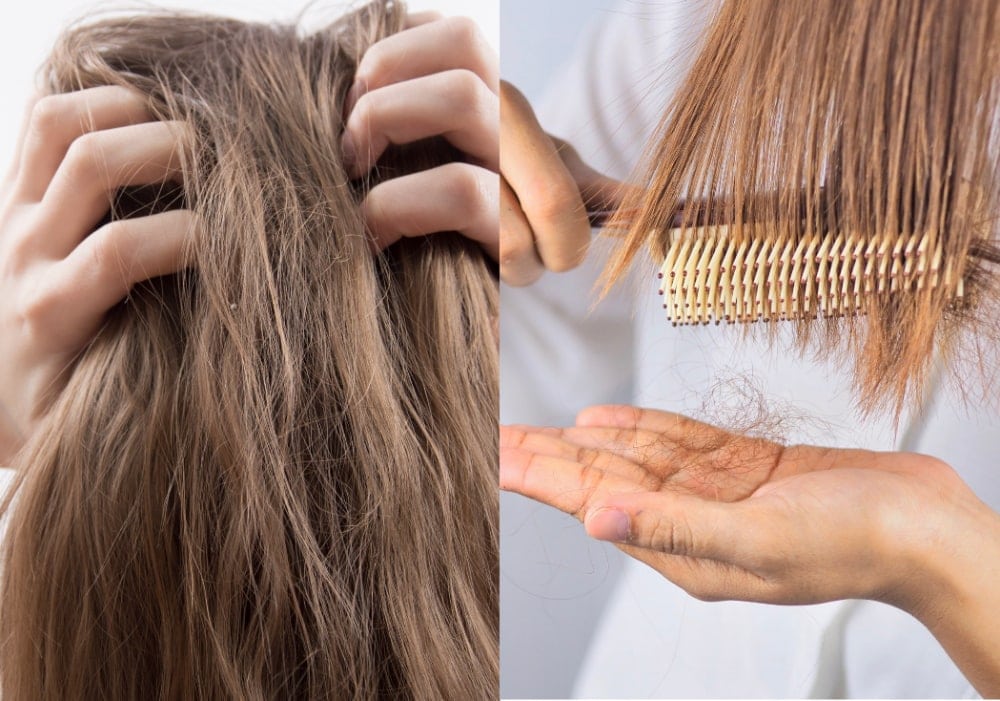
There are certain signs to look out for after hair bleaching that may indicate your hair follicles are damaged. They include:
- Extremely dry and itchy scalp
- A bald patch
- Hair falling or thinning and hair breakage
- Flakiness on the scalp
- Scalp feels tender, painful, or inflamed
- Pus-filled blisters on the scalp
However, since all of the above signs could have other causes, it can be challenging to ascertain if a recent bleach hair treatment damaged your hair follicles. Therefore, you may want to see a trichologist for an accurate diagnosis.
How to Heal Damaged Hair Follicles?
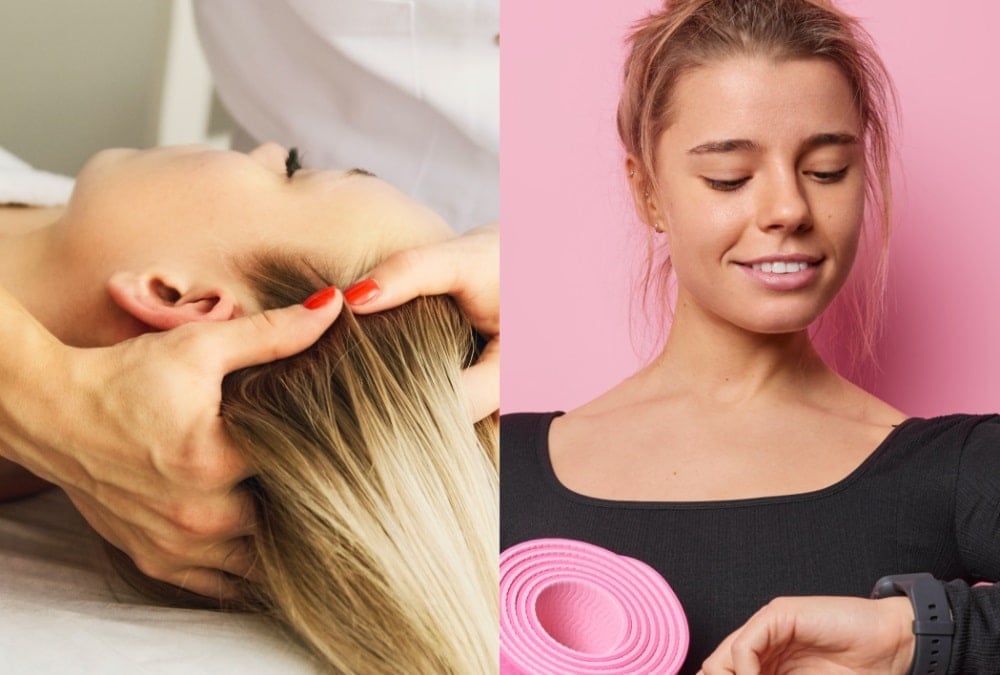
- Avoid manipulating your hair as it puts stress on the scalp. For instance, avoid pulling your hair out, combing it aggressively, tying it up in a tight ponytail, etc.
- Avoid bleaching or dying the hair again. It causes further damage to the scalp and hair follicles. As such, it makes it difficult for the hair follicles to heal and new hair growth to emerge. Keep off chemical products such as straighteners and toners as they cause further damage to the hair.
- Analyze your hair after bleaching and perform protein and/or moisture treatment as needed.
- Regularly massage your scalp. It stimulates blood flow to the scalp and hair follicles, which can help to kick start follicle reactivation and regeneration.
- Maintain a healthy lifestyle. Hydrate adequately, get enough sleep, exercise, and eat a nutrient-packed diet. These measures promote your overall well-being as well as healthy hair.
- Seek medical help. Medical treatment is the last resort if the hair follicles are permanently damaged. Treatment may include medication or a hair transplant.
Healthy follicles are key to optimal hair growth and health. If they are damaged due to bleaching, you may experience hair loss, thinning, scalp itchiness, and flaking. In case of extreme damage, you may develop bald patches, which can take years for hair to regrow.
Therefore, it is best to avoid hair follicle damage in the first place. If your hair follicles are damaged, see a trichologist. They will advise on the best strategies for healing the damaged follicles and supporting new hair growth.


